Tips On How To Reduce Your Meal Portion Size
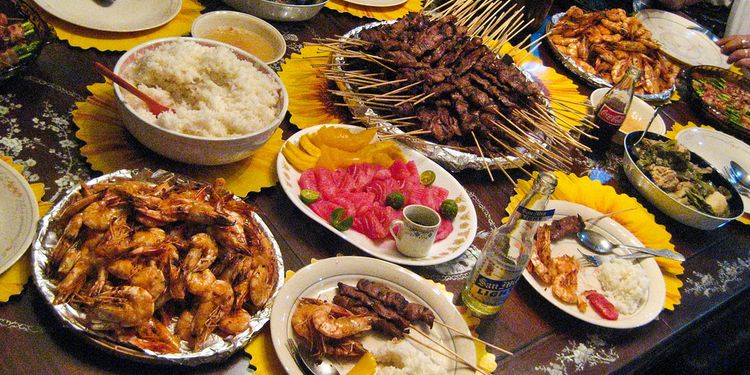
Have you seen an Olympic swimmer’s breakfast? It looks like a dinner buffet. But believe it or not, they need all of those calories to sustain their elite athlete-level performance. The fact is, though, that elite-level athletes often try to spread out their caloric intake over as many meals per day as possible.
While it’s important to address the quality of the food you eat, you also want to address the quantity. Too much of a good thing is true, especially when it comes to portion sizes. Reducing portion size can help with weight loss and provide an overall boost in energy.
Feeling the Pressure
The major holidays are now behind us, which means that gingerbread houses, over-indulging, and big dinner after big dinner can’t prevent you from turning over a new leaf. If you’re watching your weight through the holiday season, you might be feeling the pressure.
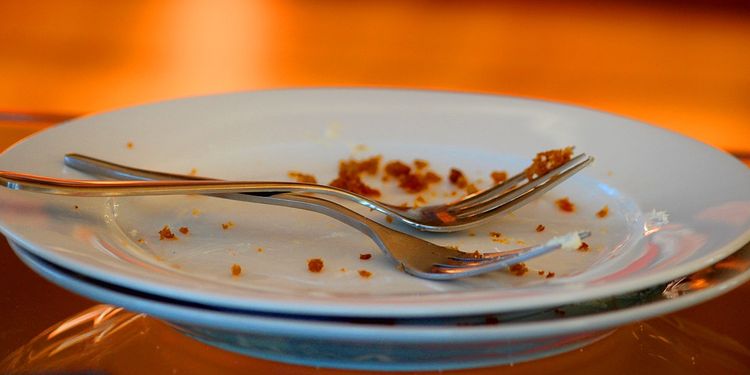
You may not have realized it, but society encourages stuffing yourself. Even as a kid, grandma told you to clean your plate. This might be the one time grandma was wrong. Baby boomers were raised by the generation of the Great Depression, a time when food couldn’t go to waste. Although times have changed, that pressure lives on, even in the face of larger portion sizes.
The next time you sit down for a big family dinner, be mindful of that pressure. If you’re putting down the fork because you can’t stomach another bite of apple pie, you’ve eaten too much. Savor your food and the time with your loved ones. By slowing down your meals, your stomach can accurately signal to your brain when you’re full. Remember, there’s no prize for overeating.
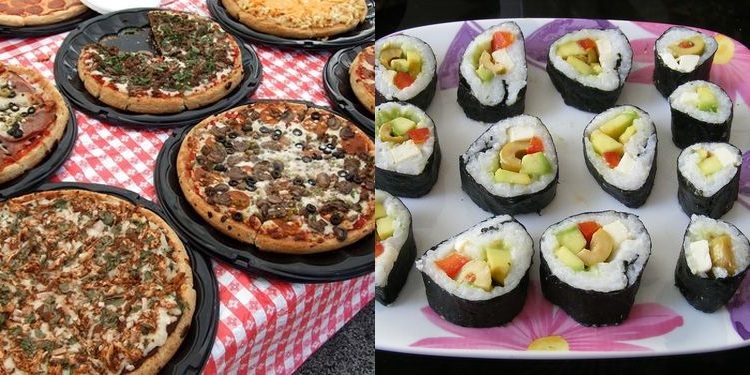
The Food Pile
All-you-can-eat buffets around the country have posted asterisks on their signs because the American people have taken up the challenge. People look for the most bang for their buck when going out for food. For this reason, restaurants offer larger and larger portion sizes— some that contain double your recommended daily calories!
If you’re wondering how to identify more generous portions, just look at the plate size. Whether you’re at a buffet, diner, or five-star restaurant, the plate size can tell you a lot about the calorie content. Note the differences at American versus authentic Japanese restaurants. You can see the size difference. Bigger cups, plates, and serving utensils (in self-serve restaurants) can pack on an extra 30% to 50% more calories in one sitting. If your meal looks Olympic-sized, box half of it before you dig in.
Your brain won’t even recognize the difference- it doesn’t bother evaluating portion sizes. One large plate of mashed potatoes could equal three serving sizes on a smaller plate. Regardless of the size, your brain thinks it’s just one.
Trick your brain by using smaller plates and serving utensils. It’s easier to pack a small plate with food. Your brain sees a plate piled with food and assumes it’ll be satisfying. Going back for seconds with a smaller plate forces your brain to count. “Eating two plates of food? I must be full by now!”
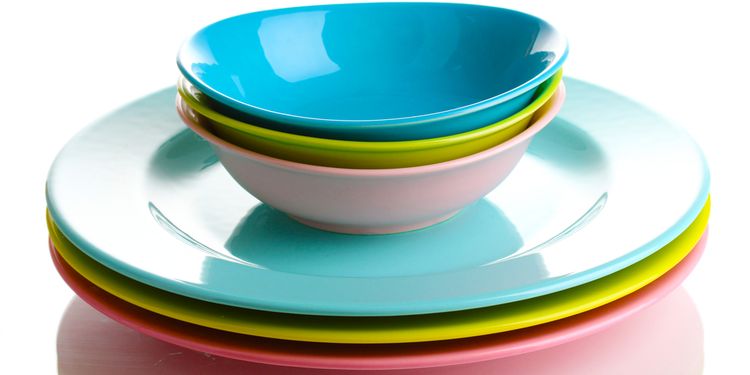
Color Matters
Before you chuck your 12-inch china out the window, consider the color. I’m talking about the color of your actual plate. Contrasting colors make your brain think there’s more food than there is. In fact, a study on plate color showed that people naturally scooped larger portions if the plate matched the food color.
If you’re eating spaghetti and meatballs for dinner, use a blue or green plate. Your brain assumes there’s more tomato sauce because the blue plate highlights the contrasting red sauce.
Diversify your dishware with a rainbow of colors. You can kill two birds with one stone by purchasing both colorful and small plates. Once you’ve incorporated them into your routine, you’ll be subconsciously eating less. Double win.
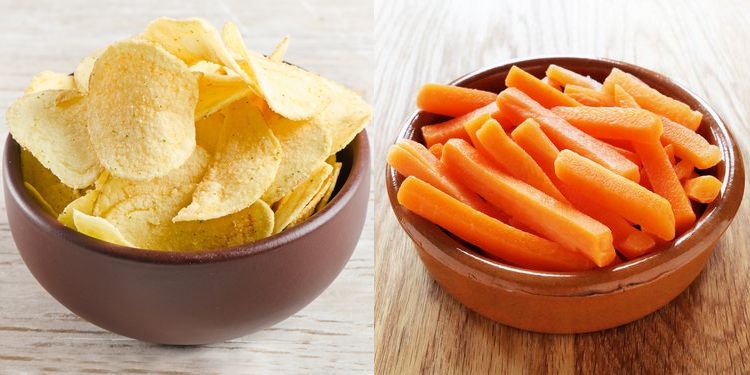
Same Calories, Different Sizes
You’ve probably seen the calorie comparison for a bowl of carrots versus a bowl of potato chips. If you haven’t, there’s usually a mound of carrots and a few slivers of chips. That’s because snacks like potato chips, cookies, and trail mixes are calorically dense but also less filling. You end up eating twice the calories to feel half as full.
Not only that, combining large portions of fats and carbs have an addicting effect on the brain. Ever notice how it’s easier to gorge on a huge bowl of buttery pasta than steamed broccoli? That’s because the pasta sends signals to the brain to eat more, regardless of your fullness level. If you’re looking to control your meal sizes, avoid this portion-busting combination.

Summary
You can shed excess calories by implementing these simple tips. When you’re looking to lose weight but don’t know where to begin, try portion control— knowing how much food you need per day is essential to building a healthy lifestyle. Tapering down sodas and junk foods may be the first step to making permanent health changes (and if you’re a healthy eater, remember that too much sweet potato means too much sweet potato).
Look to make small adjustments to your eating habits, like buying smaller plates or boxing half of your meal when you eat out. These changes can add up to thousands of calories avoided or less time on the treadmill. What’s important is that you become a mindful eater who understands how to listen to your body.
